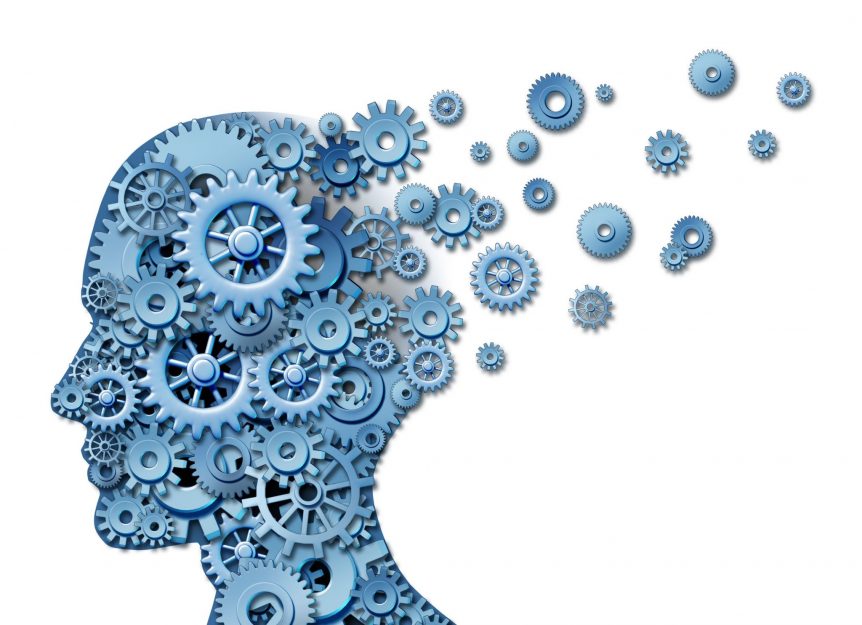What You Need to Know About Working Memory
One of the things that frustrates many organisations when it comes to training is rate of retention. In other words, when the training is well-received, but the learners then forget what they’ve learned in the days, weeks, and months that follow.
Understanding working memory and how your e-learning course impacts it is one of the best strategies you can use to avoid the scenario above.
What is working memory, though, how does it relate to short and long-term memory, and what can you do?
Working Memory vs Short-Term Memory vs Long-Term Memory
Working memory is often mistakenly used interchangeably with short-term memory. The two refer to slightly different things, however, with the difference being important to understand.
Short-term memory refers to your brain’s capacity to store information for a short period of time. An example is knowing the time you must be at the airport tomorrow morning for your business trip to Dubai. This is not information you will need to know in a month’s time, but it is important you remember it between now and the flight.
Working memory refers to your ability to manipulate information in your short-term memory. This means either discarding the information or taking steps to move it to your long-term memory.
This is why understanding working memory is important in e-learning, i.e. if your e-learning course successfully moves the information from the learner’s working memory into their long-term memory, retention rates will improve.
Making the Transition from Working Memory to Long-Term Memory
The brain’s working memory is incredibly powerful, but it also has its limits. Chief among this is capacity, i.e. there is a limit to how much information learners can keep in their working memory.
If you don’t take steps within your e-learning courses to move information to the learner’s long-term memory, they will forget it.
This is where the skill of a professional e-learning course designer comes into play. Your e-learning course developer will include learning techniques and features in your e-learning course that proactively helps learners transition information from their working memory to their long-term memory.
Tips for Getting the Most from Working Memory
Start Simple
Starting small and slow will help learners transition information from their working memory to their long-term memory. This is about creating a foundation and then building on that foundation with additional knowledge, more advanced concepts, and new skills.
Take it One Step at a Time
Following on from the last point, it is also important to present new information to learners in easily digestible chunks. The aim is to avoid overwhelming the learner with too much information, too soon. You can even go as far as using micro-learning techniques.
Use Repetition
Properly used repetition can help too. To understand this, you just have to look at courses that teach learners a new language. By repeating the words and phrases over and over again, you eventually transition them to your long-term memory.
When using repetition, you must not go overboard to avoid either boring or slowing the learner unnecessarily. That said, in most e-learning courses, an element of repetition will be essential.
Make it Meaningful
The more relevant and meaningful you can make the content to the day-to-day experience of the learner, the easier it will be for them to transition the information to their long-term memory.
This can be difficult if the e-learning course is for individuals in multiple locations, workers with varying job roles, and people with different levels of seniority. The more you can customise the e-learning course to a specific group of learners, however, the better.
There are various techniques and tools you can use to achieve this, including adding scenarios to your course content.
Give the Learner Opportunities to Practice
Practice is crucial for moving information and knowledge from working memory to long-term memory. In fact, the more unfamiliar the new knowledge is, the more important it is to practice.
As in the previous point, scenarios can help achieve this goal, as can practical exercises, quizzes, and gamification elements.
Remove Distractions
The final tip is to remove as many distractions from the course content as possible. For example, question whether a piece of content is there simply to pad the course out or to add decoration. If either of these applies, consider whether you really need it.
Remember, working memory is both finite and small, so distractions just get in the way.
Working Memory and E-Learning
One of the real strengths of e-learning over other methods of delivering training is its ability to transition information from working memory to long-term memory.
You can maximise the potential that e-learning offers in this regard by both understanding the basics of working memory and then using that knowledge to refine the design and direction of your courses.

